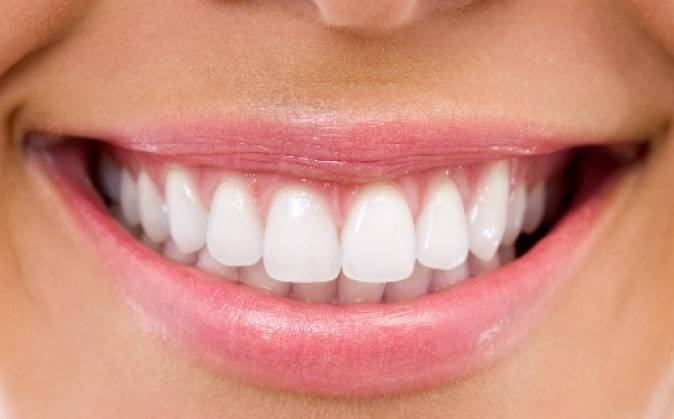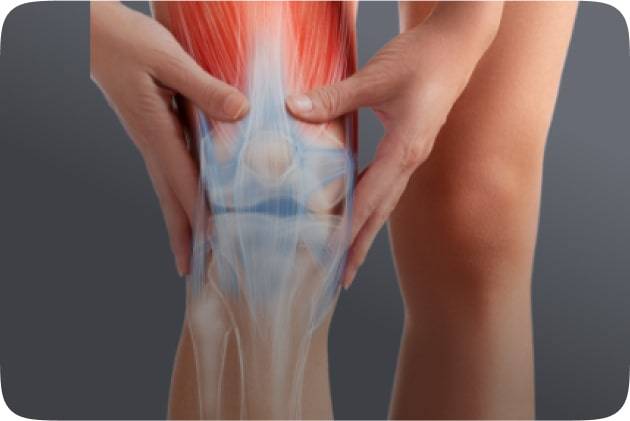Choosing Between Clear Braces and Traditional Braces: A Comprehensive Guide for Your Orthodontic Journey
When considering orthodontic treatment to straighten your teeth, you may need to choose between clear braces and traditional braces. Both options come with their unique benefits, and it’s crucial to understand their disparities to make an informed decision. This detailed guide delves into the characteristics, advantages, and factors to consider when comparing clear braces and traditional braces, assisting you in determining the best option for your orthodontic requirements.
Clear Braces:
Clear braces, also referred to as ceramic braces, are crafted to seamlessly blend with the natural color of your teeth, providing a more inconspicuous orthodontic solution. These braces are a favored choice for individuals aiming to correct their teeth without drawing attention to their orthodontic treatment. Clear braces employ tooth-colored brackets and wires, rendering them less noticeable in comparison to traditional metal braces.
Benefits of Clear Braces:
Aesthetics: The primary advantage of clear braces lies in their discreet appearance, which appeals to those seeking a subtler orthodontic option.
Comfort: Clear braces are typically designed with smooth, rounded edges, minimizing the potential for irritation and discomfort within the mouth.
Effective Alignment: Clear braces can effectively rectify mild to moderate orthodontic issues, providing dependable teeth-straightening outcomes.
Considerations for Clear Braces:
Durability: While clear braces are engineered to be durable, the ceramic material may be slightly more susceptible to breakage compared to traditional metal braces.
Treatment Visibility: Despite being less conspicuous than traditional braces, the presence of brackets and wires in clear braces may still be noticeable at close range.
Traditional Braces:
Traditional braces have been a reliable orthodontic solution for several decades, offering a trustworthy method for addressing various teeth misalignments. These braces comprise of metal brackets and wires, working in unison to gradually shift the teeth into their correct positions.
Benefits of Traditional Braces:
Versatility: Traditional braces are suitable for addressing a broad spectrum of orthodontic issues, including severe misalignment and complex bite problems.
Cost-Effectiveness: In certain cases, traditional braces may present a more cost-effective option compared to clear braces, enhancing the accessibility of orthodontic treatment to a wider demographic.
Durability: The metal components of traditional braces are exceptionally robust, reducing the likelihood of breakage during treatment.
Considerations for Traditional Braces:
Visibility: The most noticeable aspect of traditional braces is their prominent appearance, which may be a concern for individuals seeking a more discreet orthodontic option.
Maintenance: Traditional braces may necessitate more diligent oral hygiene practices to prevent plaque buildup around the brackets and wires.
Choosing the Right Option: Which is Better for You?
The suitability of clear aligner braces versus traditional braces varies from individual to individual and hinges on factors such as the severity of orthodontic issues, personal preferences, lifestyle, and budget. Consulting with an orthodontist who can evaluate your specific needs and recommend the most suitable treatment option is crucial. Whether you ultimately opt for clear braces or traditional braces, both options provide effective means for achieving a straighter and healthier smile. By meticulously evaluating the features, benefits, and considerations of each option, you can confidently select the orthodontic treatment that aligns with your individual preferences and objectives. Remember, the path to a radiant smile commences with a well-informed decision.










